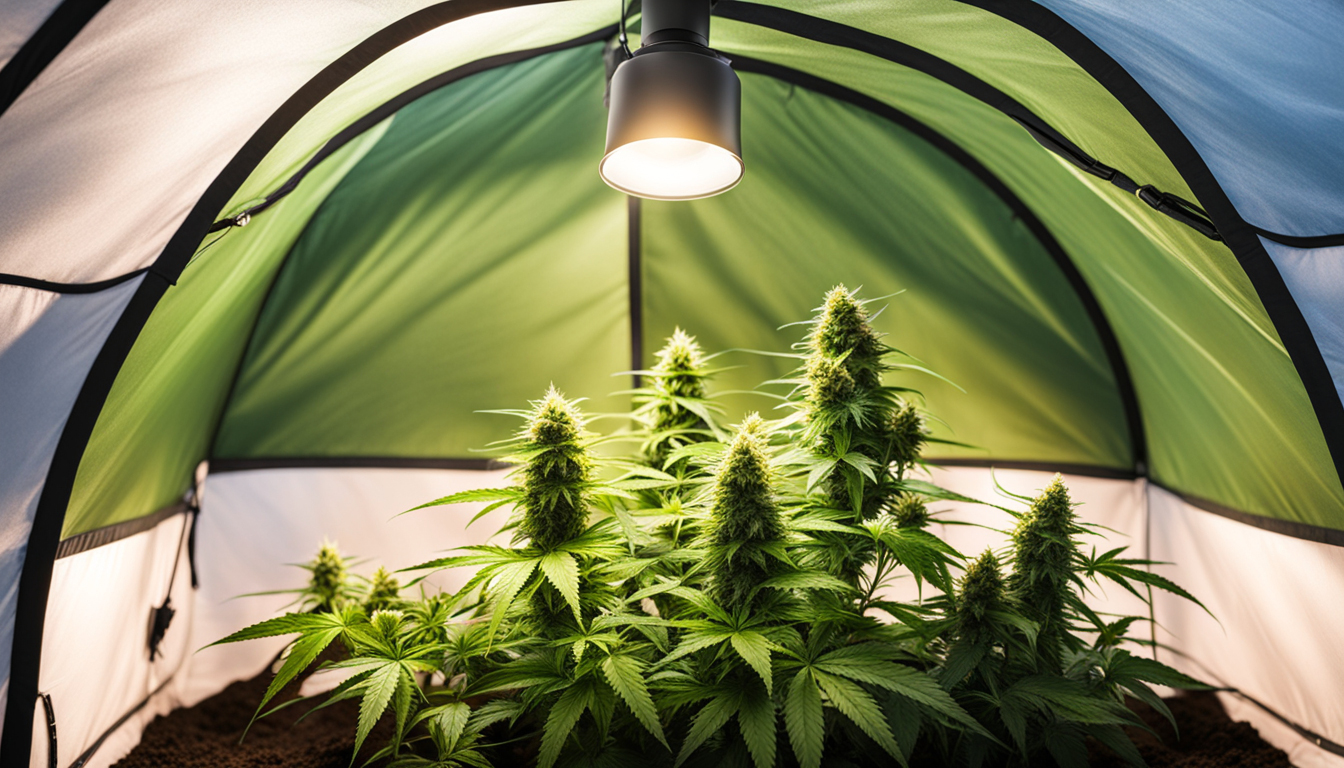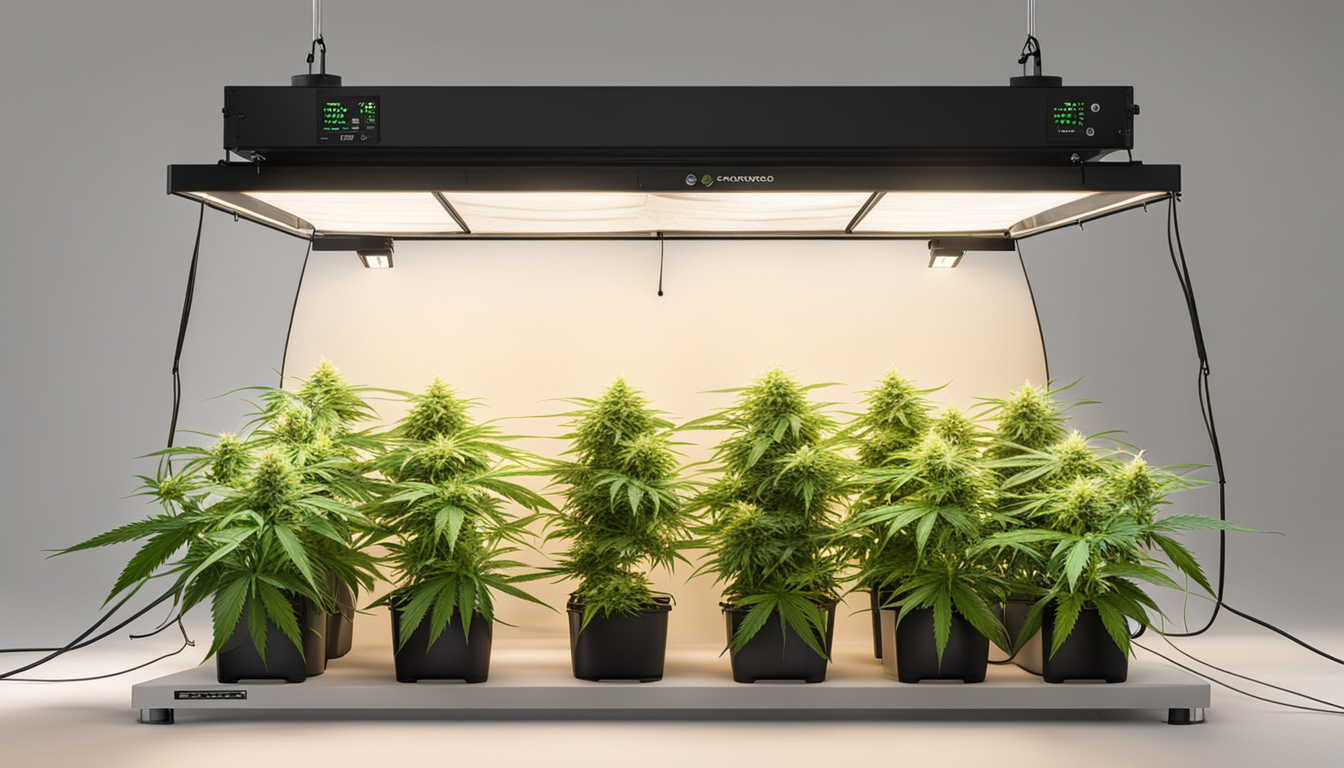
Whether you're new to cannabis cultivation or looking to improve your existing grow, following this complete guide will help you produce large, high-quality yields right at home. With the right equipment, strategies, and attention, cultivating pot indoors can be an extremely productive and cost-effective endeavor.
Choosing Marijuana Varieties
The first step in planning your indoor crop is selecting the right cannabis cultivars to produce. The three main types of marijuana plants each have their own traits.
Sativas
Known for their invigorating intellectual effects, sativas spread tall and slender with narrow leaves. They flourish in hotter equatorial climates and have a longer flowering time between 2.5-3 months indoors. Top energizing varieties include Jack Herer, Durban Poison, Super Lemon Haze, and Jack Herer.
Relaxing strains
These strains provide relaxing full-body effects and grow short and bushy with wide leaves. Adapted to cooler mountain climates, they bloom faster within 2-2.25 months. Popular indica strains include Granddaddy Purple, Northern Lights, and Bubba Kush.
Mixed strains
Mixed strains blend traits from both sativas and relaxing strains. They offer blended effects and have moderate flowering times around 2.25-2.5 months. Well-known mixes are Blue Dream, OG Kush, and Blue Dream.

Setting Up Your Grow Space
Cannabis plants need the right controlled environment to succeed. Key factors for indoor grows are lights, ventilation, layout, and finding the ideal discreet area.
Location
Choose an empty space with easy access to water and power outlets. An empty extra bedroom, unused closet, basement corner, or grow tent securely placed in a garage all make great hidden cultivation room spots.
Lighting
Marijuana requires intense light for all growth stages. LEDs are energy-efficient and come in broad spectrum options mimicking real sunlight. Provide 15-25 watts per square foot for the growth stage and 400-600 watts per square foot for flowering.
Airflow
Proper airflow and exhaust systems maintain ideal temp, humidity, and pure CO2 levels. Install silent 10-15 cm fans or carbon filters to circulate old air and eliminate smells.
Layout
Optimize your space by arranging plants carefully under the lights and leaving room to reach and work around them. Set up separate zones for growth, flowering, drying, and propagation.

Growing Substrates
Pot can be grown in different substrates, each with benefits and cons. Pick a proper option for your particular setup and cultivation style.
Soil
The traditional medium, soil is cheap and simple for new growers. It provides great flavor but requires more irrigation and nutrients to feed plants. Enrich soil with perlite or coco to improve aeration.
Coconut coir
Made from coconut husks, reusable coco coir holds water but still lets in air to the roots. It's more sterile and more predictable than soil. Use coir-specific nutrients to avoid accumulation.
Water systems
In water systems, plant roots develop right in fertilizer irrigation solution. This allows rapid growth but needs close observation of solution properties. DWC and irrigation systems are popular methods.
Germinating Seeds
Germination activates your marijuana seeds to begin sprouting taproots. This readies them for transplanting into their cultivation medium.
Towel Method
Put seeds between wet paper towel and maintain them damp. Inspect after a week for growing radicles showing sprouting is complete.
Planting directly
Insert seeds right into wetted cultivation medium 6mm deep. Gently water and wait 7-14 days until seedlings break through the surface.
Rockwool Cubes
Presoak rockwool cubes in balanced water. Insert seeds 1⁄4 inch deep into the cubes. Keep cubes moist until seedlings emerge within 1-14 days.
Transplanting Seedlings
Once sprouted, cannabis seedlings need to be transplanted to prevent overcrowding. Move them into appropriately sized containers.
Preparing Containers
Load large containers with cultivation medium enriched with slow-release nutrients. Allow containers to absorb water overnight before transplanting.
Carefully Transplanting
Gently loosen seedling roots from sprouting medium using a spade. Put into pre-soaked container at same depth as before and lightly water in.
Vegetative Stage
The vegetative stage encourages foliage and plant form through 18-24 hours of daily light exposure. This stage usually lasts 1-2 months.
Using 18-24 Hours of Light
Use grow lights on a 24 hour schedule or outdoor light to initiate constant photosynthesis. Light intensity influences size and internodal spacing.
Fertilizing
Use vegetative stage nutrients richer in N. Make sure pH remains around 5.8-6.3 for full fertilizer uptake. Feed 25-50% strength after 2 weeks and increase slowly.
LST and topping
Fimming, LST, and scrogging manipulate growth shapes for flat canopies. This increases yields.

Flowering Stage
The blooming stage grows buds as plants show their sex under a 12 hour cycle schedule. It lasts 8-12 weeks based on strain.
Switching to 12/12
Change grow lights to 12 hours on, 12 hours off or place outdoors for outdoor 12 hour cycle. This signals plants to begin flowering.
Stop Fertilizing
Leaching removes fertilizer residuals to improve flavor. Fertilize weakly the first period then just use pH'd water the final 2 weeks.
Flushing
Maintain 12/12 light timing but leach using neutral pH water only. Resume clean watering if buds aren't ripe after two weeks.
Harvesting
Recognizing when weed is completely mature ensures peak cannabinoid content and aroma. Cut down plants at peak ripeness.
Identifying Ripeness
Check fading pistils, swelling calyxes, and 10-15% amber trichomes. Inspect buds across the plant as they won't all ripen evenly.
Cutting Plants
Use sterilized, razor-sharp pruning shears to gently cut each plant at the base. Leave 5-10cm of stem attached.
Curing
Hang intact plants or colas upside down in a dark room with moderate temperature and RH around 45-65% for 7-14 days.
Curing
Aging keeps drying while improving the buds like fine wine. This process mellows harshness and intensifies cannabinoid and terpene profiles.
Jars and Humidity
Manicure dried buds from branches and store into glass jars, packing about 3⁄4 full. Click Here Use a sensor to monitor jar humidity.
Opening jars daily
Open containers for a short time daily to slowly reduce humidity. Remoisten buds if RH drops below 55%.
Final Cure
After 14-21 days when humidity levels off around 55-65%, do a last trim and store long-term in sealed jars.
Troubleshooting
Even experienced growers run into different cannabis plant problems. Identify problems soon and address them properly to keep a healthy garden.
Poor feeding
Chlorosis often indicate insufficient nitrogen. Anthocyanins and leaves signal phosphorus deficiency. Test pH and boost nutrients gradually.
Bugs
Spider mites, fungus gnats, thrips, and nematodes are frequent pot pests. Use neem oil sprays, predator bugs, and yellow traps for organic control.
Mold
Excessive moisture encourages powdery mildew and bud rot. Improve circulation and venting while reducing RH below 50% during flowering.

Summary
With this complete indoor pot growing guide, you now have the info to cultivate bountiful strong buds for personal harvests. Follow these steps and methods during the germination, growth, and bloom stages. Spend in good gear and carefully monitor your plants. In time, you'll be rewarded with frosty aromatic buds you raised yourself under the patient guidance of your green thumbs. Happy growing